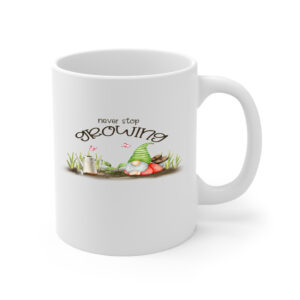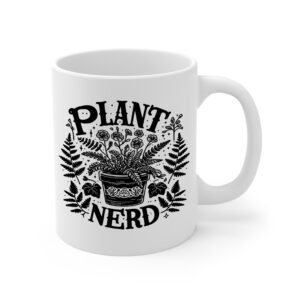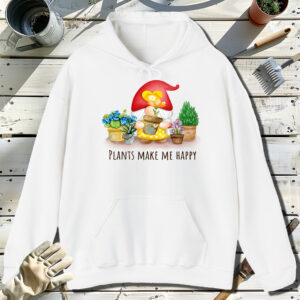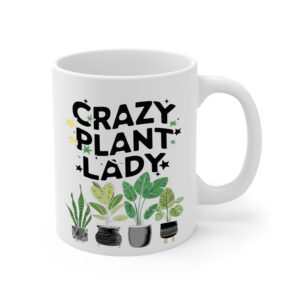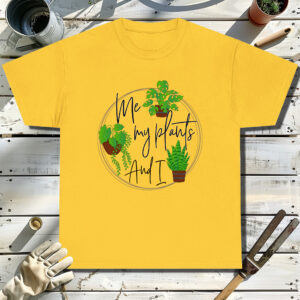Table of contents
Korean rock fern

Latin Name: Polystichum tsus-simense
Category: Fern
Family: Dryopteridaceae
Origin: Korea
Climate: Subtropical
Growing Zones: 10, 7
Care Instructions
The Korean rock fern (Polystichum tsus-simense) is a subtropical plant that originates from Korea. This fern plant belongs to the Dryopteridaceae family and is well-suited for growing in USDA zones 10, 7.
Complete Care Guide for Korean Rock Fern (Polystichum tsus-simense)
Watering Requirements
The Korean rock fern thrives in consistently moist conditions, making proper watering essential for its health. It is important to keep the soil evenly moist but not soggy. Water the fern when the top inch of soil feels dry to the touch. During the growing season, which typically spans from spring to early fall, you may need to water more frequently, especially in warmer climates. In winter, reduce watering as the plant enters a dormant phase, but ensure the soil does not completely dry out. Using distilled or rainwater is preferable, as tap water can contain chemicals that may harm the fern.
Light Conditions
Korean rock ferns prefer partial to full shade, making them ideal for woodland gardens or shaded areas in your landscape. Direct sunlight can scorch the delicate fronds, leading to browning and damage. If you are growing them indoors, place them near a north or east-facing window where they can receive indirect light. If you notice the fronds stretching towards the light, it may indicate that the plant is not receiving enough light, and you should consider relocating it to a brighter spot while still avoiding direct sun exposure.
Soil Preferences
The ideal soil for Korean rock ferns is well-draining, rich in organic matter, and slightly acidic to neutral in pH (around 5.5 to 7.0). A mixture of potting soil, peat moss, and perlite or sand can create an excellent growing medium. This combination ensures good aeration and moisture retention, which is crucial for the fern’s root system. Regularly adding organic compost can enhance soil fertility and structure. Fertilization should be minimal; a diluted liquid fertilizer can be applied during the growing season every 4-6 weeks to promote healthy growth, but avoid over-fertilizing as this can lead to root burn.
Pests and Diseases
Korean rock ferns are generally resilient but can be susceptible to pests such as aphids, mealybugs, and spider mites. Regularly inspect the undersides of the fronds for any signs of infestation. If you notice pests, treat them promptly with insecticidal soap or neem oil, ensuring thorough coverage of the affected areas. Additionally, ferns can suffer from root rot if overwatered or planted in poorly draining soil. To prevent this, ensure proper drainage and allow the soil to dry slightly between waterings. Fungal infections can also occur, particularly in overly humid conditions; maintaining good air circulation around the plant can help mitigate this risk.
Special Care Tips
To maintain the health and beauty of your Korean rock fern, consider the following special care tips: First, avoid placing the fern in areas with strong drafts or extreme temperature fluctuations, as this can stress the plant. Regularly remove any dead or yellowing fronds to encourage new growth and improve air circulation. If growing in containers, repot every couple of years to refresh the soil and provide more space for growth. During the winter months, if temperatures drop significantly, consider bringing potted ferns indoors to protect them from frost. Lastly, mulching around the base of the plant can help retain moisture and suppress weeds, creating a more favorable environment for your fern.




